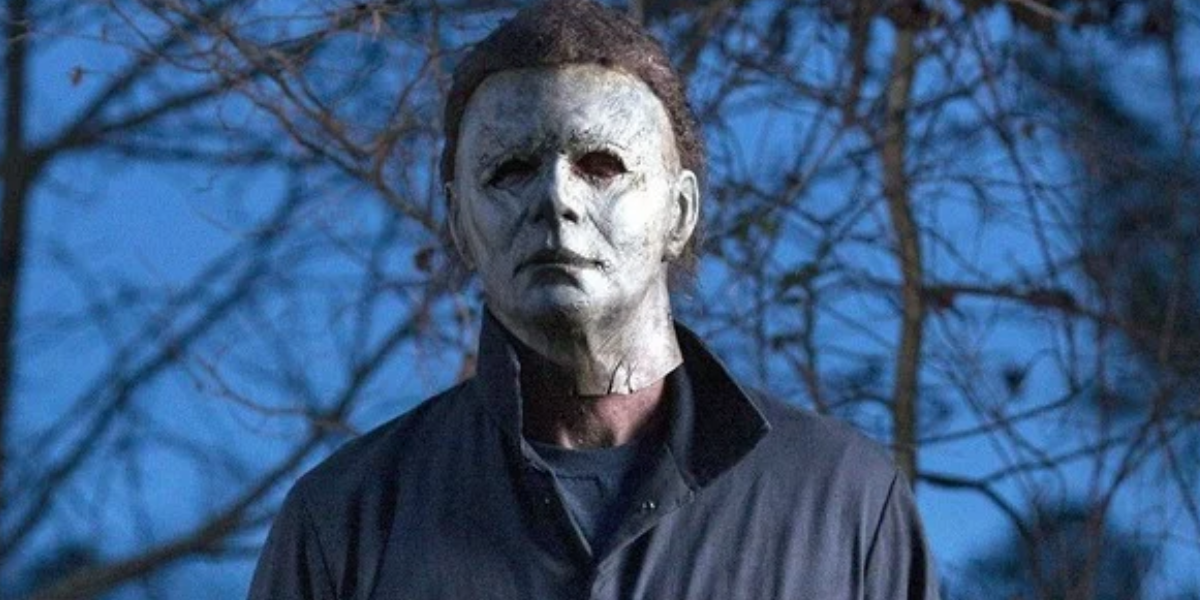Today in class our teacher gave us the opportunity to meet with other classmates through Microsoft Teams and discuss what we had done so far concerning our final project for Cambridge. I was put into a breakout room with 4 other people, and we began talking about our genre and plot for our story.
One person was doing a psychological film mixed with horror elements. They wanted it to be about a man who could not hear for some reason suddenly hear a loud bang, and music would play throughout the opening to create suspense. I had completely forgotten about the musical aspect of my film, and hearing their idea on how they want to incorporate it reminded me that I have to think about that. I want the beginning to be silent so that the audience can focus on what is being said by the two characters, and then when the killer is introduced there will be a quiet melody of violins, which slowly ramps up as he walks towards the characters. Once everyone breaks into a run, the violins will be blaring across the opening to raise the tension among the viewers.
Another person decided on an adventure piece that would have a voiceover in the beginning, something I had not thought about implementing. I really liked the idea of using a voiceover, as it could definitely introduce the audience with the basic premise of the story or what the character is like. However, I will not use it because I do not think it would mix well with my genre or what I have in mind.
Continuing, someone else had decided to do a drama revolving around a kid's life in school. They wanted to film multiple shots in the dark to get symbolistic concepts integrated in the piece, which I thought was interesting. They had LED lights and other tools to help them, which was also smart. However, I plan on filming in during the day, so I do not think lighting in my piece will be an issue. They also wanted to have some sort of color scheme in the piece to create a sense of formalism, using Lady Bird (2017) as an example. I am going for a sense of realism, so this did not help me in terms of adding something new to my film.
Finally, the last person was doing a romantic comedy surrounding two kids and their lives. They really enjoy watching this type of film, so they were confident they would make it work. Personally, I find having to create a comedy difficult because you have to be really fun so that the audience will laugh, and I do not want to risk that for Cambridge. One thing I liked what she said was that she planned on filming some scenes at the park. The specific park mentioned would be a really good spot to film my scenes, so I wrote that down in case I decided to film there.
One issue we all seemed to agree on was the editing aspect of our film. Almost all of us were not confident in our editing skills because either grades were low when we did edit, or the projects that were graded higher had someone else in our group edit the project.






















